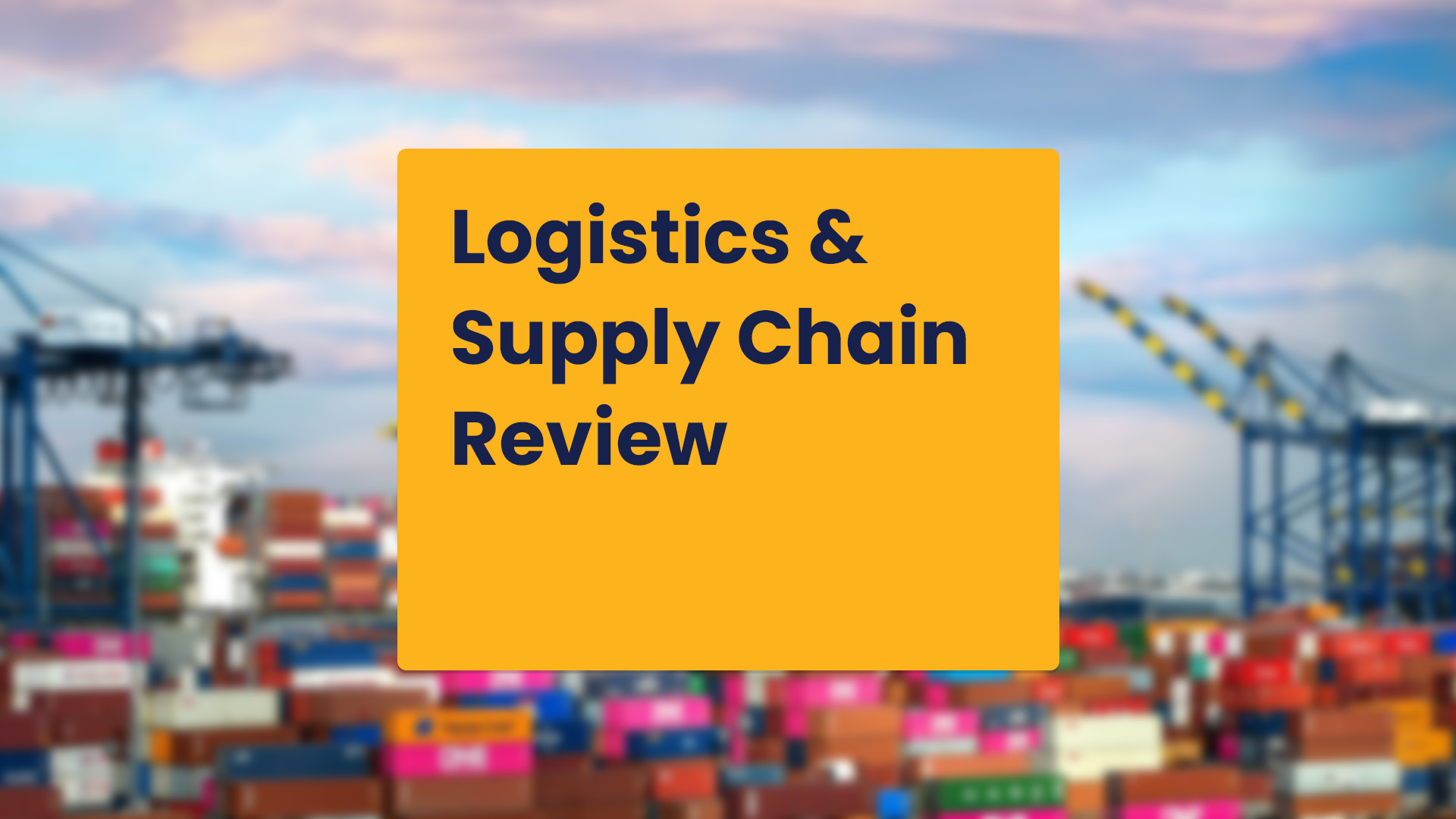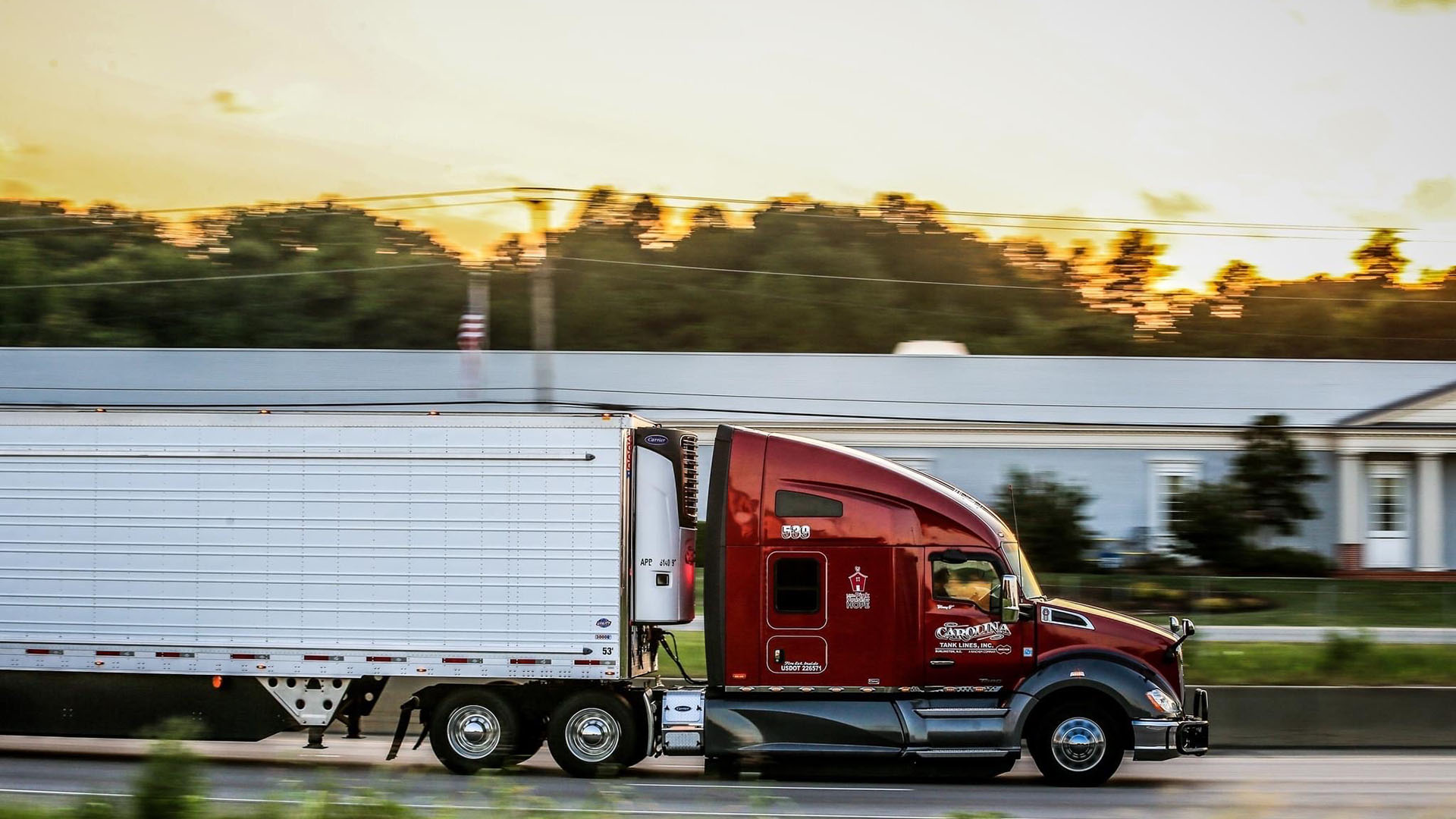Every week, Rinchem shares important articles and topics about chemical and gas logistics, industries we operate in, and the general global supply chain. In this week's update we look at the potential auto production crisis due to lack of chips, circular supply chains, and the U.S. solar supply chain.
Keep reading to see this week's hot topics.
This week's stats
2-3 weeks- time left for Brazil's automakers before operations halt if the chip crisis continues Reuters
3.2 GW- U.S. solar cell production capacity. More than tripling since end of 2024 Global Trade
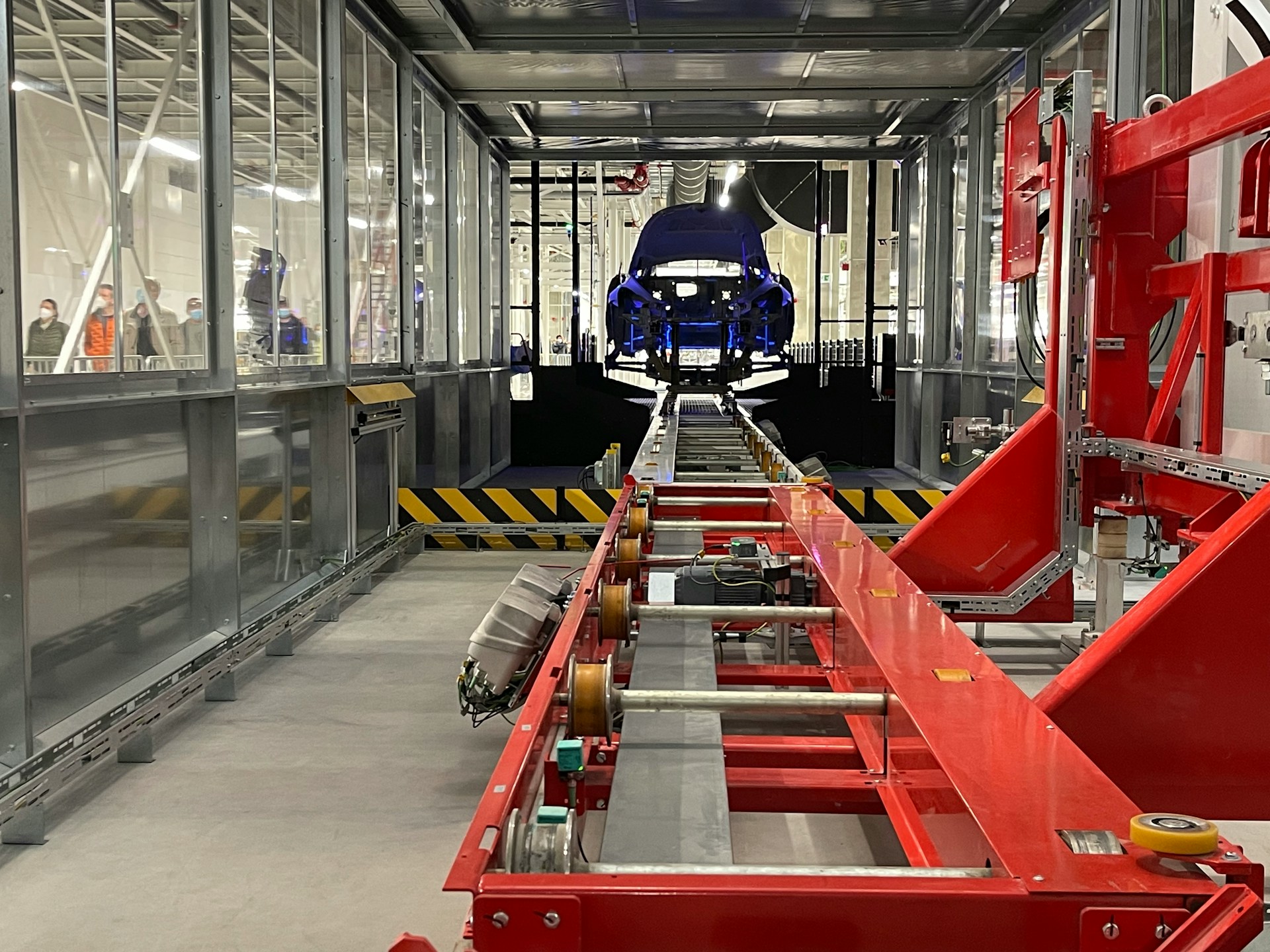
Automakers hunt high and low for chips as supply crisis worsens
Nissan and Mercedes-Benz are warning of a worsening semiconductor shortage caused by a political dispute between the Netherlands and China over chipmaker Nexperia. After the Dutch government seized control of Nexperia (owned by China’s Wingtech), China responded by banning exports of Nexperia’s finished chips — a move that’s disrupting the auto industry, which relies heavily on these components. Nissan says it only has enough chips to last until early November, and Mercedes is scrambling to find alternative suppliers. The crisis could force production shutdowns, especially in Brazil, if not resolved soon.
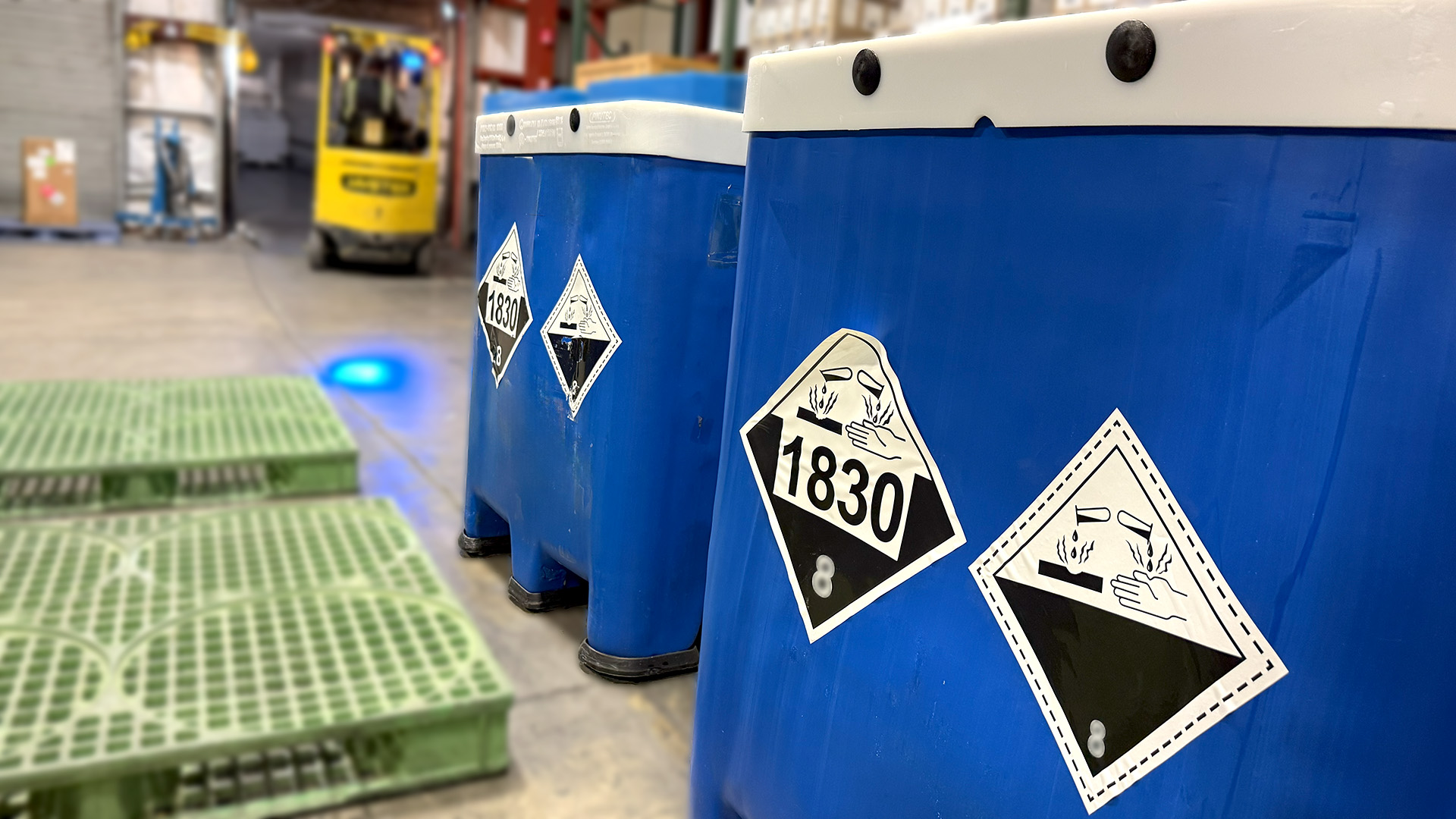
Circular Supply Chains: How Sustainability Is Redefining Global Logistics
The article argues that global supply chains are shifting from a traditional linear “make-use-discard” model to a more sustainable, circular system that designs out waste and keeps materials in use for longer. It highlights how companies are building “circular logistics” by implementing reverse logistics (collecting used packaging), using multi-use transport containers, and embedding digital tracking (IoT, blockchain, AI) to monitor emissions and optimize flows. This transition not only reduces environmental impact but also cuts costs—reusable packaging is being reused “dozens, even hundreds, of times”—turning packaging into a long-term asset. Policymaking (like the EU Circular Economy Action Plan) and global cooperation are pushing this change, and companies are increasingly choosing logistics partners based on sustainability rather than just price.
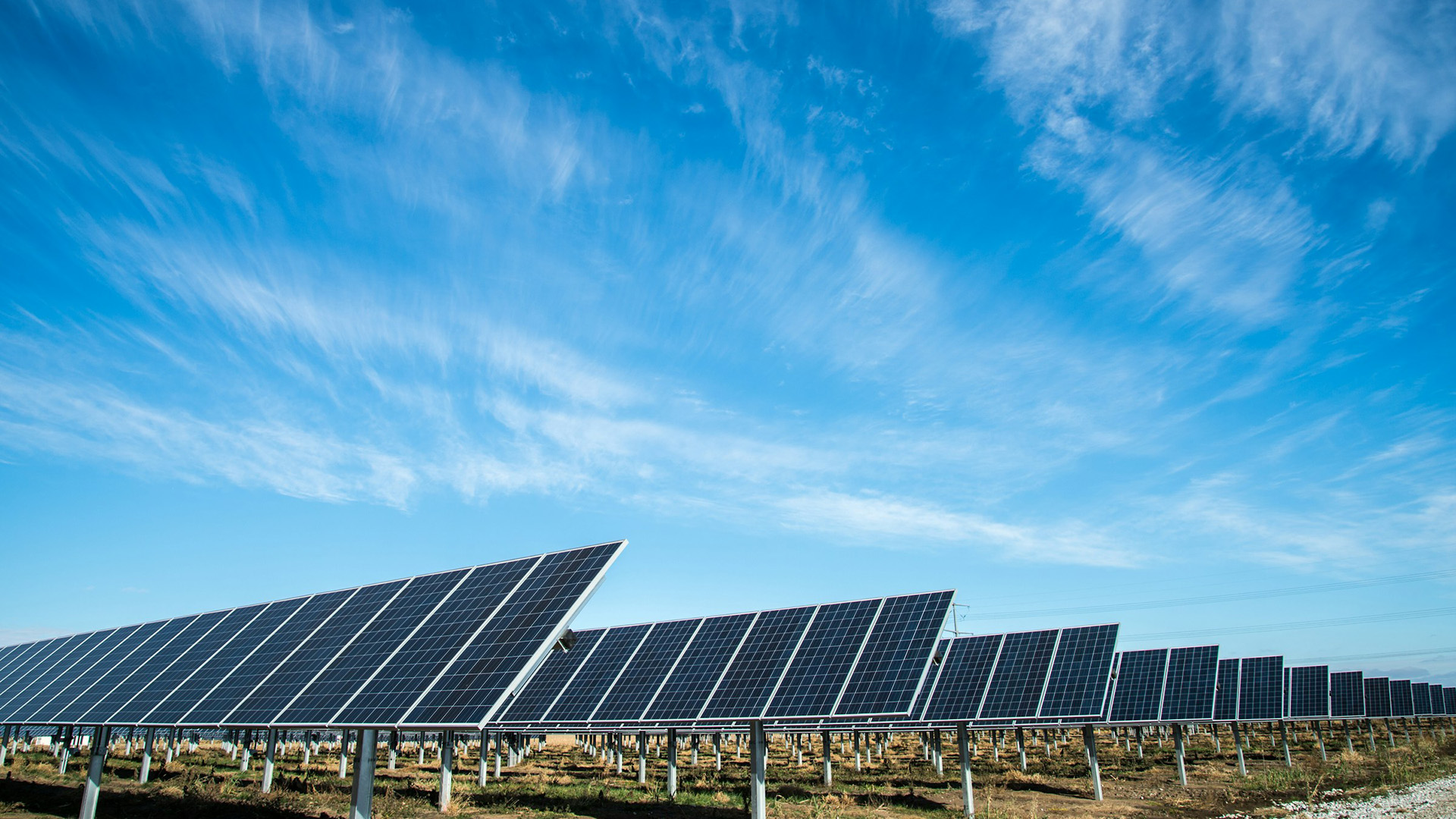
Every major component of solar supply chain is now made in the U.S.
According to a report from the Solar Energy Industries Association (SEIA), the U.S. has reshored its entire solar and storage supply chain — from polysilicon refinement to module assembly — with strong growth across every segment. In 2025, 65 new or expanded facilities came online, boosting U.S. module production capacity past 60 GW, a 37% increase since December 2024. SEIA also reports surging domestic capacity in cells, inverters, battery storage, and mounting systems, driven by over $36.6 billion in announced investments since 2022.
Get more articles like this in your inbox
Sign up for our monthly newsletter
Find more articles

